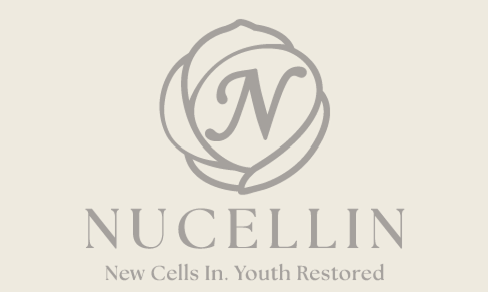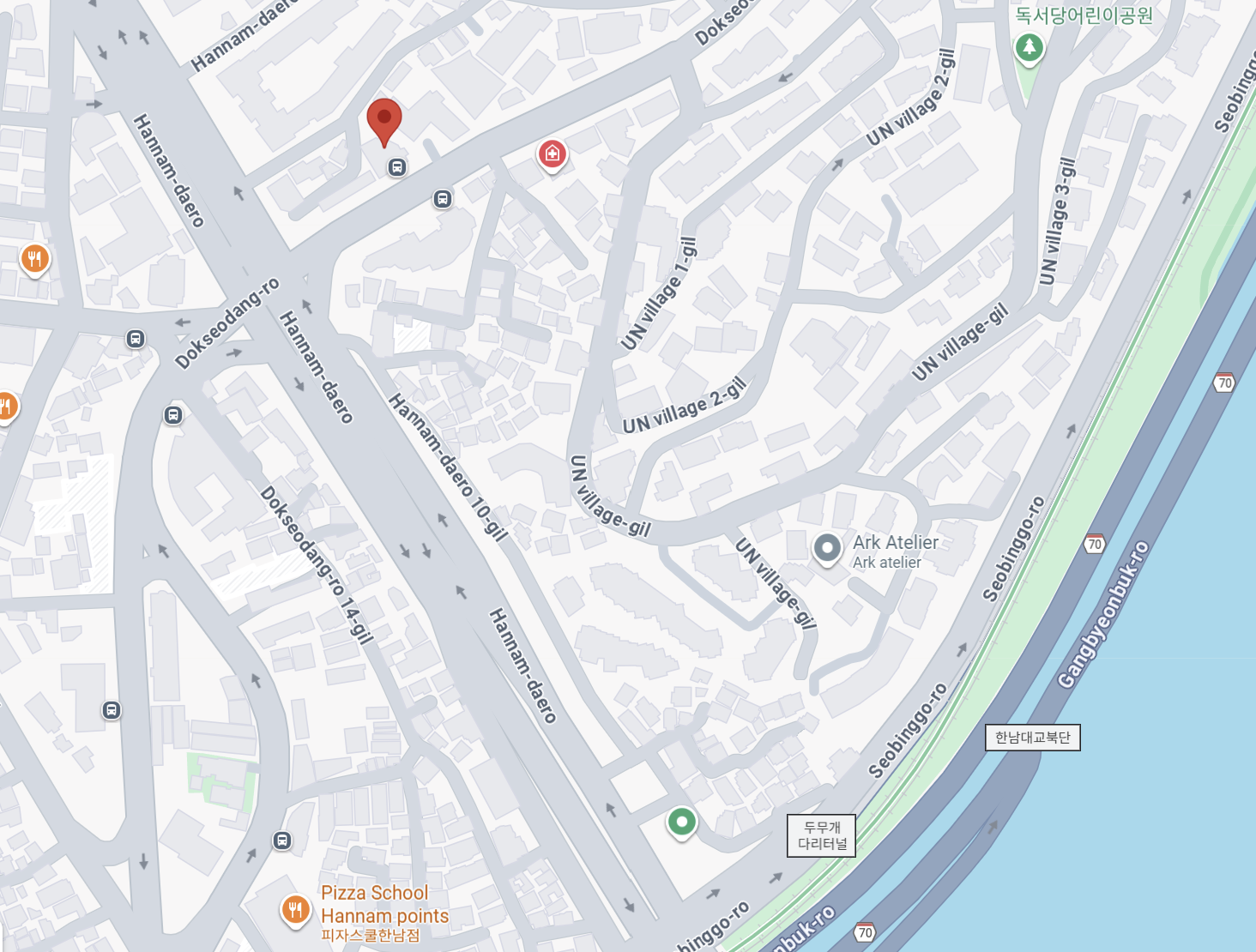Stem Cell Therapy for Neurotherapy in Seoul at Nucellin Orthopedic Clinic
Stem Cell Therapy Made Simple at Nucellin Orthopedic Clinic in Seoul – Doctor-Supervised Regenerative Care with Transparent Pricing and Real Patient Results
Neurologic symptoms—numbness, weakness, neuropathic pain, or movement limitations—can disrupt work, sleep, and daily life. At Nucellin Orthopedic Clinic in Seoul, Dr. Kim Hee-Jun offers doctor-supervised stem cell–based protocols that aim to reduce neuroinflammation, support tissue healing in related musculoskeletal structures, and improve function in carefully selected cases. International patients benefit from English-speaking staff, transparent pricing, and streamlined scheduling.
Note: Stem cell applications for neurological conditions remain evolving and may be adjunctive or investigational depending on the diagnosis. Candidacy requires a medical evaluation and, when appropriate, coordination with neurology.
What Is Stem Cell–Based Neurotherapy?
Stem cell–based neurotherapy uses your body’s regenerative potential (or carefully prepared biologics) to target inflammation and micro-injury affecting peripheral nerves, nerve-adjacent soft tissues (e.g., entrapment sites), and supportive musculoskeletal structures. Treatments are typically delivered via image-guided injections to precise targets (e.g., nerve interfaces, entrapment tunnels, facet/peripheral generators) and are paired with rehabilitation and nerve-friendly mobilization.
Conditions Carefully Considered
- Peripheral neuropathic pain associated with musculoskeletal or entrapment factors (e.g., carpal tunnel–adjacent soft tissue, tarsal tunnel–related irritation)
- Radicular pain from spine-related soft-tissue inflammation (select non-surgical cases coordinated with spine care)
- Post-injury nerve irritation and chronic neuritis (after sprains, repetitive strain)
- Complex regional pain patterns with a musculoskeletal component (highly selective, multidisciplinary)
Severe or progressive neurologic deficits, systemic neuropathies, and central nervous system disorders require neurology evaluation and may not be candidates.
Why Choose Dr. Kim Hee-Jun and Nucellin
Dr. Kim trained at Yonsei University College of Medicine/Severance Hospital and is a member of the Korean Orthopedic Association and Korean Society for Stem Cell Therapy. At Nucellin Orthopedic Clinic, procedures follow evidence-based protocols with precision imaging, safety checks, and individualized rehab—delivered in an English-friendly setting with transparent pricing for expats and medical travelers.
Our Treatment Process
1) Comprehensive Assessment
Detailed history, neurologic and musculoskeletal exam, and required imaging/electrodiagnostics to identify pain generators and rule out red flags.
2) Personalized Plan
Target selection (nerve interface, entrapment tunnel, adjacent soft tissue, facet/peripheral generator) and dosing strategy tailored to your diagnosis and goals; coordination with neurology/physiatry when indicated.
3) Image-Guided Procedure
Ultrasound and/or fluoroscopy to deliver cells/biologics with accuracy and safety.
4) Integrated Neuro-Rehabilitation
Nerve-glide techniques, desensitization strategies, graded loading, posture/ergonomics, and home programming to reinforce outcomes.
Expected Timeline & Results
- Weeks 0–2: Possible soreness; swelling control and gentle neural mobilization
- Weeks 3–6: Gradual symptom modulation; improved daily function and tolerance
- Weeks 8–12+: Strength/coordination gains; activity progression as advised
- 3–6 months: Common window for peak improvement; maintenance program recommended
Outcomes vary by diagnosis, chronicity, and adherence to rehab.
Benefits at a Glance
- Minimally invasive option for select neuro-musculoskeletal pain
- Targets neuroinflammation and soft-tissue contributors at the source
- Short recovery versus surgery for appropriate candidates
- Works alongside neurology/physiatry, physical therapy, and ergonomics
Risks & Safety
Temporary pain flare, swelling, bruising, or limited response may occur; infection is rare. Not all patients respond. Your physician will review risks, benefits, and alternatives (including non-regenerative options) before treatment.
Aftercare Essentials
- Follow activity, loading, and nerve-glide guidance precisely
- Use R.I.C.E. early as advised
- Complete your structured neuro-rehab—critical to outcomes
- Maintain ergonomic habits, sleep hygiene, and metabolic health to support nerves
International Patient-Friendly Experience
- English-speaking staff guide you from consultation to aftercare
- Transparent pricing and clear expectations for travelers and expats
- Efficient scheduling coordinated around short stays or busy calendars

